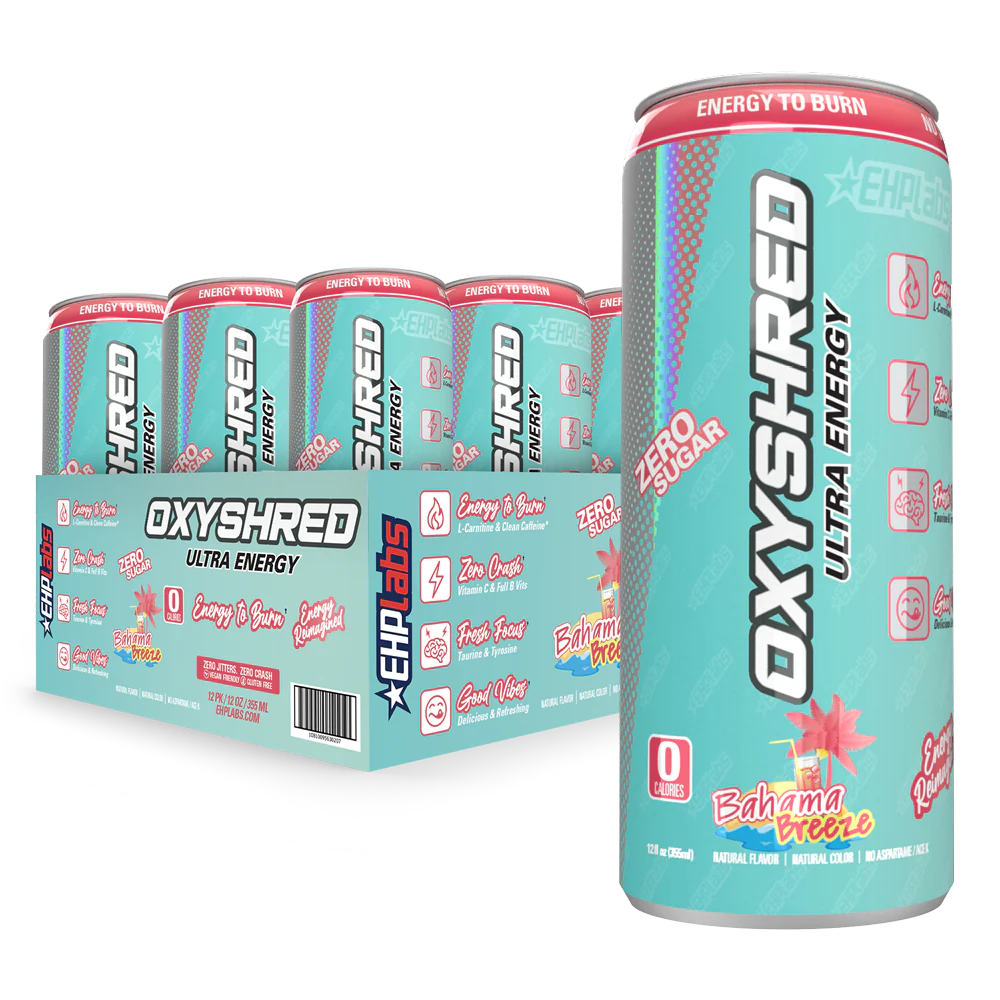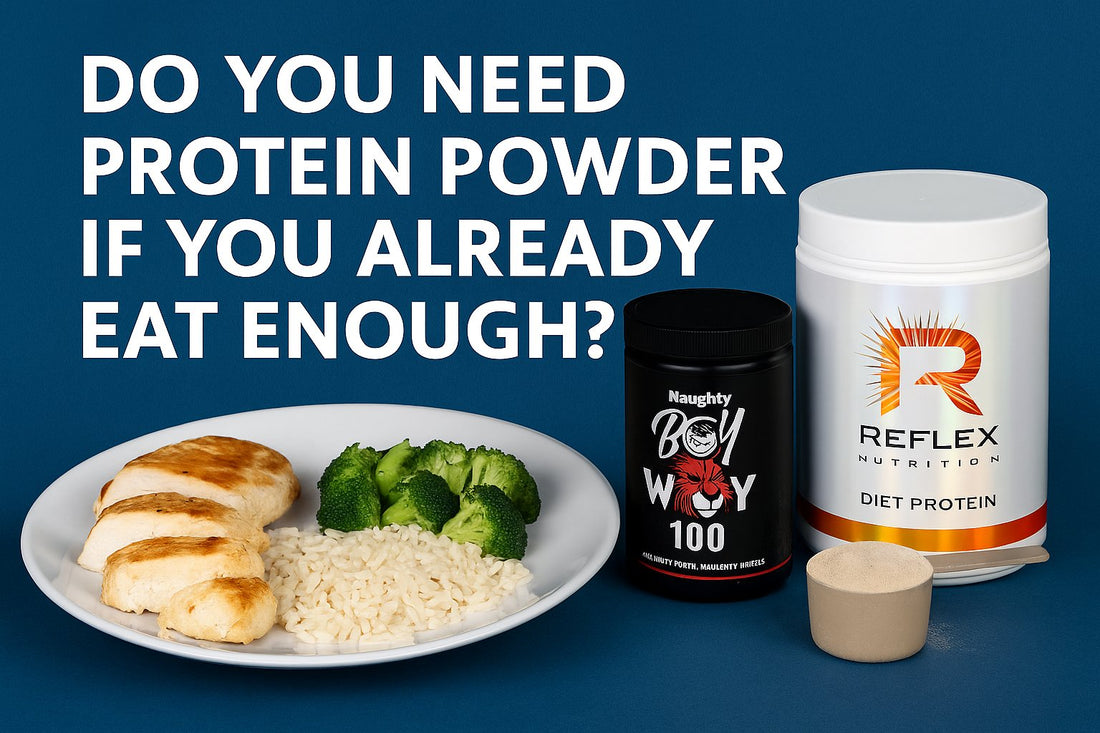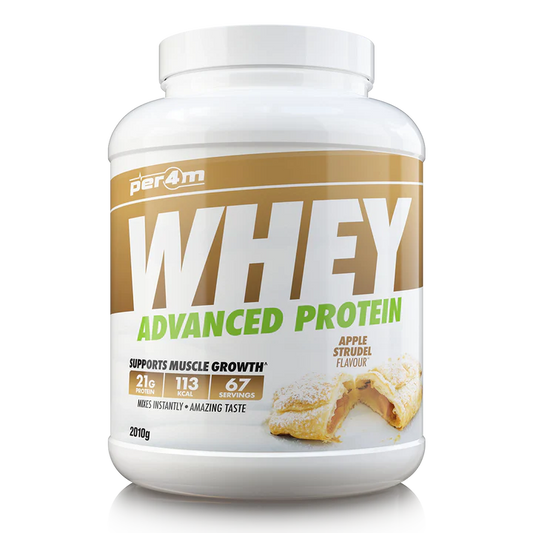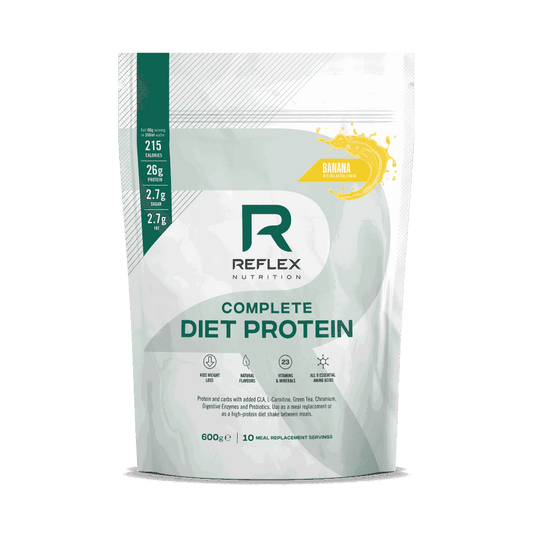Introduction: Protein, Priorities, and the Powder Dilemma
“Do I actually need protein powder?” It's a fair question—and one that haunts gym newcomers and seasoned lifters alike.
If you’re smashing chicken and rice three times a day, downing Greek yogurt by the kilo, and snacking on eggs like they’re almonds, the idea of throwing a scoop of whey into the mix might feel redundant.
But hold that thought.
Because while real food should always be the foundation of your diet, supplements like Per4m Advanced Whey Protein can serve as more than just a convenient Plan B. When used properly, they can be a tactical advantage—shaving minutes off your prep, smoothing over nutrient gaps, and helping you recover faster, grow stronger, and stay leaner.
So, let’s break it all down: who needs protein powder, who doesn’t, and why even a “clean” eater might want to keep a tub of whey in their cupboard.
1. What Does “Enough Protein” Actually Mean for Muscle Growth?
Let’s start with the baseline.
Protein requirements for active people typically range from 1.6 to 2.2 grams per kilogram of bodyweight, depending on goals and intensity. So if you weigh 75 kg and want to build or preserve lean muscle, your daily target sits somewhere between 120g and 165g of protein.
That may not sound like a lot—until you try to eat it consistently every single day.
A grilled chicken breast delivers around 30g. A 3-egg omelette? Roughly 20g. Greek yogurt (200g)? Another 20g. That’s already three meals in, and you’re only halfway to your daily minimum.
Then factor in work, commutes, kids, deadlines—and suddenly cooking and chewing through another 90g of protein starts to feel like a second job.
That’s where a scoop of Per4m Advanced Whey Protein, which packs up to 21g of protein per serving with minimal carbs or fat, becomes a cheat code—not for replacing meals, but for supporting your intake without the effort.

2. When Is Protein Powder More Effective Than Food?
Whole foods reign supreme when it comes to micronutrient density, fibre, and satiety—but whey protein excels in specific situations.
Here’s when a powder trumps the plate:
-
Post-workout: Fast-digesting whey like Per4m Advanced Whey Protein is absorbed quicker than steak or tofu, helping spike muscle protein synthesis when it counts most—immediately after training.
-
On-the-go: Commuting? Travelling? No fridge, no microwave, no cutlery? A shake is unbeatable.
-
Appetite struggles: Trying to gain mass but feel full all the time? Liquid calories go down smoother than yet another chicken breast.
-
Low-calorie diets: Cutting? Whey gives you lean protein with minimal fats and carbs—perfect for hitting macros without tipping your calorie ceiling.
Think of it this way: protein powder isn’t a “food replacement”—it’s a precision tool. And like any tool, it works best in the right context.
3. Is Whey Protein Just a Marketing Gimmick?
Whey has long suffered from bad PR: “It’s just glorified milk powder,” some argue. “A cash grab for gym bros.”
But science tells a different story.
Whey protein is:
-
Complete: It contains all nine essential amino acids.
-
Fast-digesting: Ideal for pre/post-workout when speed matters.
-
High in leucine: The key amino acid for triggering muscle growth.
Dozens of studies—including those published in The Journal of the International Society of Sports Nutrition—have confirmed that whey protein, especially when consumed post-training, increases muscle protein synthesis more effectively than food alone in many cases.
What sets a product like Per4m Advanced Whey apart is its blend of whey concentrate and isolate—offering the best of both worlds: rich flavour, smoother mixability, and effective absorption.
Add in a wide range of flavours like White Chocolate Hazelnut and Chocolate Biscuit, and you’re not just buying a supplement—you’re creating a ritual you actually look forward to.
4. Can I Hit My Protein Goals With Food Alone?
In theory? Absolutely.
In practice? It’s often inefficient.
Let’s look at the reality:
-
Chicken breast (100g) – 30g protein
-
Salmon fillet (150g) – 35g protein
-
Eggs (3 large) – 20g protein
-
Quinoa (1 cup cooked) – 8g protein
-
Greek yogurt (200g) – 20g protein
That's 113g. Enough for a casual day? Maybe. But if your target is 150g or more, you’re either eating more volume, prepping more meals, or finding new protein sources.
Now factor in digestion speed, appetite, meal timing, work demands—and you start to see why 90% of active gym-goers choose to supplement with protein powder.
Powders don’t replace your diet. They make it doable.
And Per4m Advanced Whey stands out here again—it’s budget-friendly, easy to blend with oats or smoothies, and doesn't bloat you like cheaper, lower-quality options.
5. What Are the Benefits of Adding Whey Protein Anyway?
Let’s summarise the practical advantages of keeping a tub of Per4m Advanced Whey Protein within reach:
-
Precision: Know exactly how many grams of protein you're consuming.
-
Speed: One scoop + water = ready in 10 seconds.
-
Recovery: High leucine content supports rapid post-training repair.
-
Fat loss: High-protein diets help preserve lean muscle in a calorie deficit.
-
Convenience: No fridge, no pan, no dishes. Just scoop and go.
Whey powder isn't “cheating.” It's adapting.
You’re not swapping steak for dust—you’re integrating a tool that gives you control, accuracy, and consistency when life gets messy.
🧪 6. Which Type of Protein Powder Is Best for You?
Walk into any supplement aisle (or scroll through Uncle Gym), and the protein landscape hits you like a freight train: isolate, concentrate, hydrolysate, diet blends, vegan options… and then the flavours—birthday cake, chocolate biscuit, coconut ice cream.
So which one’s actually worth your cash?
Let’s simplify.
💡 Whey Concentrate
The most common and affordable type.
-
~70–80% protein by weight
-
Contains more lactose and fat
-
Often richer in flavour
Ideal for:
Anyone who wants great taste, solid macros, and doesn’t mind a bit of lactose.
Try: Naughty Boy Whey 100 — smooth, creamy, and ultra-versatile for shakes or oats.
💡 Whey Isolate
Higher purity, lower carbs and fats.
-
~90%+ protein
-
Low lactose
-
Slightly thinner texture
Ideal for:
Dieters, lactose-sensitive users, or anyone wanting more protein per scoop.
Try: Reflex Clear Whey — mixes light like a juice drink, not a milkshake.
💡 Diet Protein Blends
These combine whey with thermogenics, fibre, or carb blockers.
-
Lower calorie
-
Often include CLA, green tea, or carnitine
-
Designed for cutting
Ideal for:
Fat-loss phases or those wanting a more functional shake.
Try: Reflex Diet Protein — a lean blend designed to support calorie deficits and preserve lean mass.
⭐ The All-Rounder
If you want premium flavour, great mixability, and solid results without overthinking it?
Per4m Advanced Whey Protein strikes the perfect balance.
It blends concentrate and isolate, giving you the richness of milkshake-style whey with the digestibility of isolate—perfect post-workout or as a between-meal boost.

📦 7. Can Protein Powder Replace a Meal?
This is one of the most Googled questions in fitness—and the answer is nuanced.
Technically, yes, a protein shake can replace a meal.
Nutritionally, not always.
Here’s when it makes sense:
✔️ When You’re On the Move
Missed breakfast? Long train ride? No fridge in sight?
Add oats, banana, and peanut butter to Per4m Whey and you've got a balanced, calorie-dense meal in seconds.
✔️ When Cutting
Dieting hard? Low on calories? Protein keeps you fuller for longer and preserves muscle.
A scoop of Reflex Diet Protein with almond milk and berries can replace a 400-500 calorie snack with just 150-200 smart calories.
✔️ When Appetite Is Low
Bulking and can’t stomach another plate of chicken and rice? Liquid calories from Naughty Boy Whey 100 are a blessing—not a cop-out.
But…
Protein powder alone isn’t enough for a proper meal.
It lacks fibre, fats, and micronutrients. So if you’re using it as a meal replacement, make sure to add:
✅ A healthy fat (nut butter, flaxseed oil)
✅ A carb source (fruit, oats, rice cakes)
✅ Some fibre (chia, greens powder, psyllium husk)
That turns a shake into a shake-up.
🥤 Stack Smart: Building a Simple Supplement Routine
Here’s how to stack your whey intelligently throughout the day:
🕒 Morning
-
Reflex Diet Protein with water and a small carb source = fasted cardio fuel without a crash.
🏋️♂️ Post-Workout
-
Per4m Whey (1–2 scoops) within 30 minutes of training = recovery and muscle protein synthesis triggered.
💤 Nighttime
-
Naughty Boy Whey 100 blended with Greek yogurt = a slow-digesting, muscle-protecting treat before bed.
This simple rotation covers your anabolic window, supports satiety, and keeps recovery on point without overcomplicating anything.
🍽️ Final Word: What the Science (and Experience) Says
If you’re eating a well-structured, protein-rich diet…
If you’re meal-prepping religiously…
If you never miss a macro…
Then no—you technically don’t need protein powder.
But if you’re like the rest of us—juggling work, training, recovery, kids, stress, travel, appetite—then keeping a few smart powders in your arsenal isn’t lazy. It’s strategic.
And Per4m Advanced Whey Protein isn’t just a supplement—it’s a solution.
🧠 FAQ: Everything You’re Still Wondering About
1. Do I need protein powder if I eat meat?
Not necessarily—but it makes hitting daily protein targets easier and more consistent.
2. Can I build muscle without protein shakes?
Absolutely—but you’ll need to be hyper-consistent with food, meal timing, and quality.
3. Is protein powder better than food for gains?
Not better—but often faster and more convenient. Ideal post-workout or when food isn’t available.
4. Should I use protein powder on rest days?
Yes! Recovery happens every day. Protein intake should stay consistent, even on non-training days.
5. Is Per4m Whey a good option for women?
Yes. There’s no gender-specific whey. It’s all about goals and intake. Per4m works brilliantly for women aiming to lose fat or gain lean muscle.
6. What’s the best time to drink a protein shake?
Post-workout is key. But between meals, mornings, or even pre-bed can work depending on your routine.





